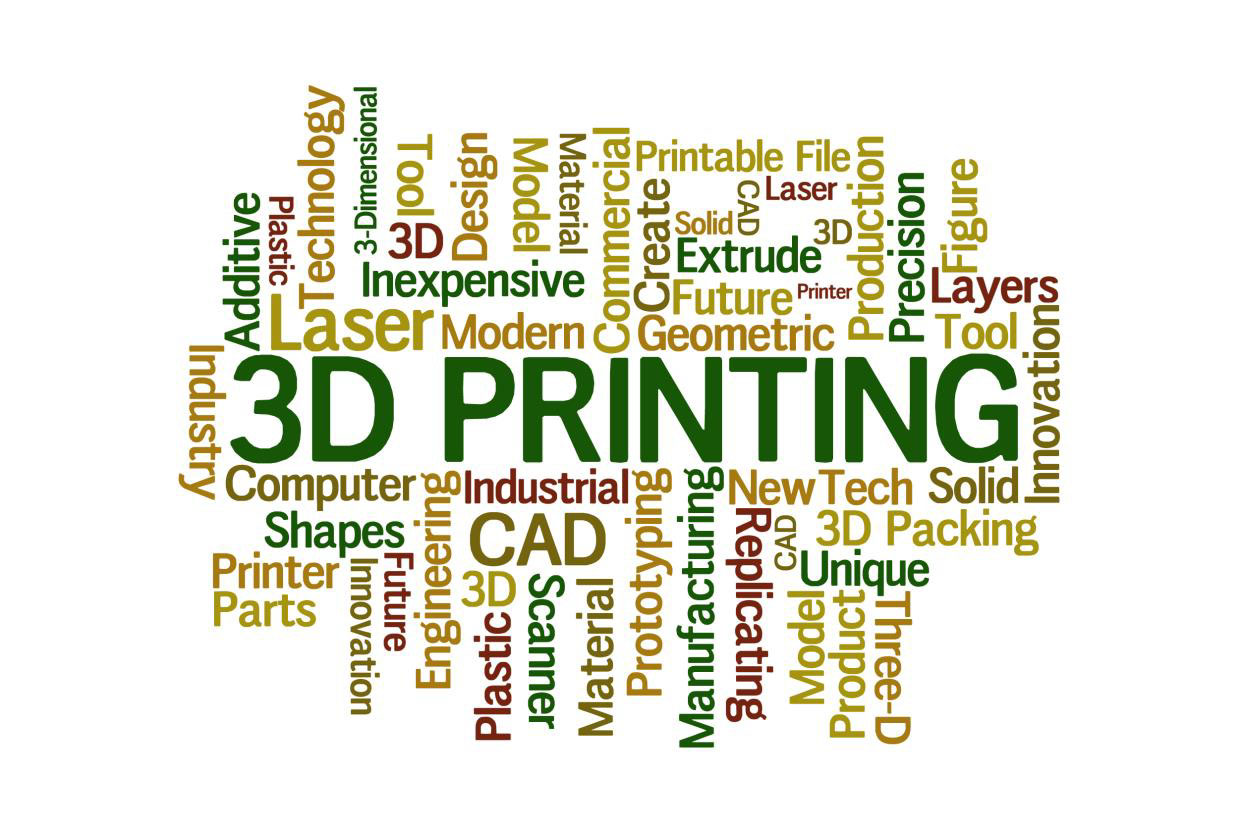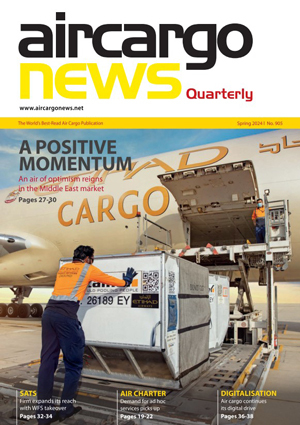Shape of things to come: Panalpina and Shapeways in strategic partnership for 3D printing
28 / 07 / 2016

Panalpina and US-based 3D printing company Shapeways have entered into a strategic partnership to expand globally their digital manufacturing capabilities.
Switzerland-based logistics giant Panalpina sees digital manufacturing and 3D printing specifically as “a perfect complement to its Logistics Manufacturing Services (LMS) offering, giving customers the possibility to customise products and bring production closer to consumer demand”.
Mike Wilson, Panalpina’s global head of Logistics, said: “3D printing is one of the most exciting frontiers of digital transformation.
“It stands for the convergence of the real with the virtual world – and it has the potential to dramatically change the traditional manufacturing and logistics industries.”
Shapeways community members make products ranging from puzzles, miniature trains and smartphone cases, to drone accessories and jewelry. Shapeways enables its members to make, customise and sell the products they design.
The products are manufactured using high-end 3D printers in 56 different materials. With the strategic partnership, Panalpina said that it will benefit from Shapeways’ advanced software solutions and "in-depth know-how of 3D printing materials, equipment and processes".
In return, Panalpina with its global footprint and facilities in major markets can offer Shapeways "geographical expansion possibilities and support in logistics, manufacturing, distribution and other value-added services".
Shapeways chief executive Peter Weijmarshausen said: “As manufacturing moves from analog to digital, everything we know about product creation will change. Our community the world over is leveraging access to digital manufacturing from our platform to bring thousands of new products to life every day.”
Panalpina said that while the technology for 3D printing, or additive manufacturing, has been around for decades, its recent surge in popularity “makes perfect sense in the context of current major manufacturing trends”.
3D printing supply chains are edging ever closer to the mainstream after UPS announced in May this year that it would connect a network of printers across the US with its delivery network and an online order platform.
Shorter product life cycles, the rise in digital purchasing and the higher speed to get products to market, means that production is moving away from centralised manufacturing to a more distributed model. Customers are demanding more customised and personalised products and have the ability to influence the product design.
“3D printing is ideal for bringing production closer to the end user and aiding in mass personalisation,” explained Wilson.
Panalpina recently launched two joint research projects with Cardiff University (UK), where the company aims to identify the products that could be switched from traditional to new, additive manufacturing techniques and also the impact these techniques will have on future supply chains.
In October of last year, Panalpina invested in its first 3D printer to get an understanding of how the technology works as a complement to its Logistics Manufacturing Services (LMS) offering. Having gone through this learning curve the company is now positioned to take the business further.
Added Weijmarshausen: “Panalpina is ideally suited to assist with the final steps in the manufacturing process including last-mile delivery. In addition, they are investing in their own 3D printing research and capabilities. This demonstrates how committed and serious Panalpina is about the technology, making them an ideal partner for us.”
Wilson sees additional advantages of 3D printing besides the fact that products make it to market faster and can be personalized or customized at the latest possible stage: “Because the value for the customer is added at the end of the supply chain, the brand owner can keep inventories, as well as the cost of transportation and obsolescence, to a minimum. Moreover, additive manufacturing produces less waste than traditional manufacturing methods, which fits perfectly with increasingly circular economies.”














